
Tianyi Hong Kong Studios
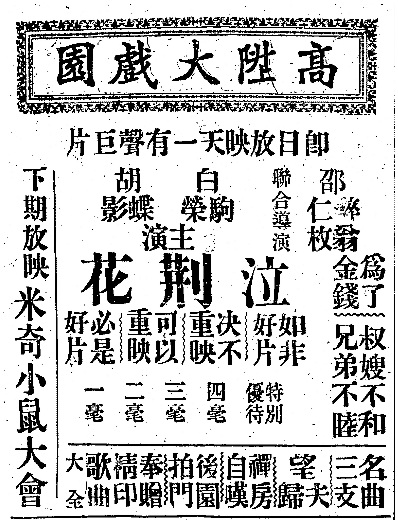
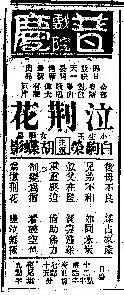
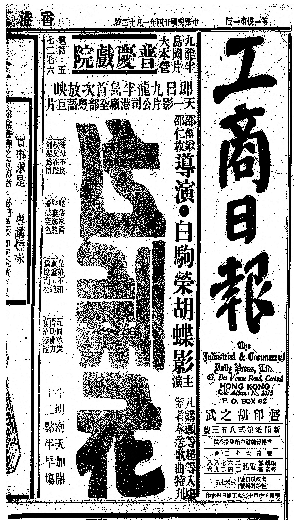
In 1936, two fires broke out in Tianyi Hong Kong Studios which nearly destroyed its entire film archive. After this, Runje Shaw returned to Shanghai, withdrawing from Hong Kong for good. Runde Shaw took over Tianyi Hong Kong Studios, renamed it Nanyang Film Company and continued producing popular releases. Shanghai Tianyi’s production activities, by contrast, were nearly paralyzed with the onset of war. Until the Japanese occupation of Hong Kong in 1941, Nanyang Film Company continued feeding a stream of films to the Singapore and Malaysian markets and became the major film supplier of Shaw cinema lines in Nanyang. But then the war spread, and Hong Kong and the Nanyang regions fell to Japanese occupation too. Nanyang Film Studios in Hong Kong was taken over by Japanese troops, a serious setback to the development of the Chinese-language film industry.
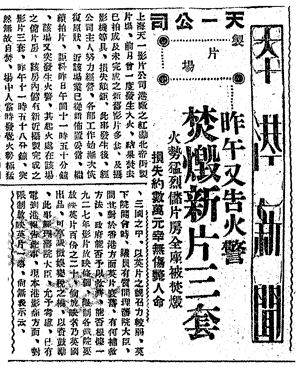
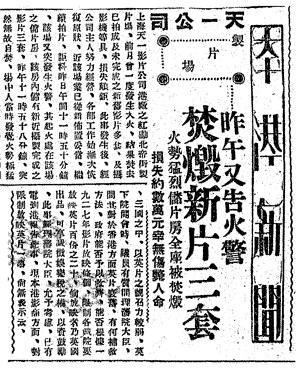
Tianyi Hong Kong Studios



In 1936, two fires broke out in Tianyi Hong Kong Studios which nearly destroyed its entire film archive. After this, Runje Shaw returned to Shanghai, withdrawing from Hong Kong for good. Runde Shaw took over Tianyi Hong Kong Studios, renamed it Nanyang Film Company and continued producing popular releases. Shanghai Tianyi’s production activities, by contrast, were nearly paralyzed with the onset of war. Until the Japanese occupation of Hong Kong in 1941, Nanyang Film Company continued feeding a stream of films to the Singapore and Malaysian markets and became the major film supplier of Shaw cinema lines in Nanyang. But then the war spread, and Hong Kong and the Nanyang regions fell to Japanese occupation too. Nanyang Film Studios in Hong Kong was taken over by Japanese troops, a serious setback to the development of the Chinese-language film industry.
















